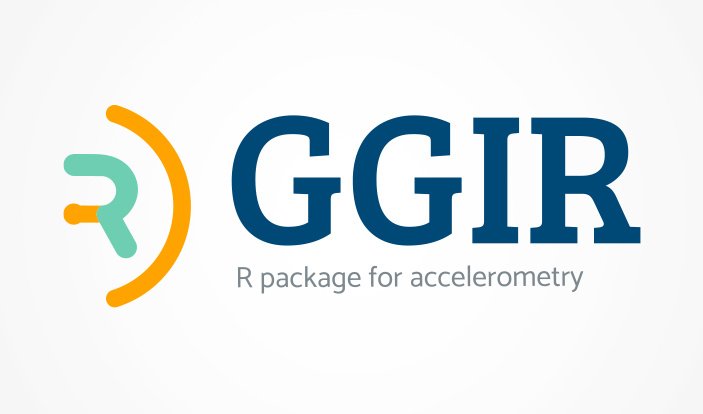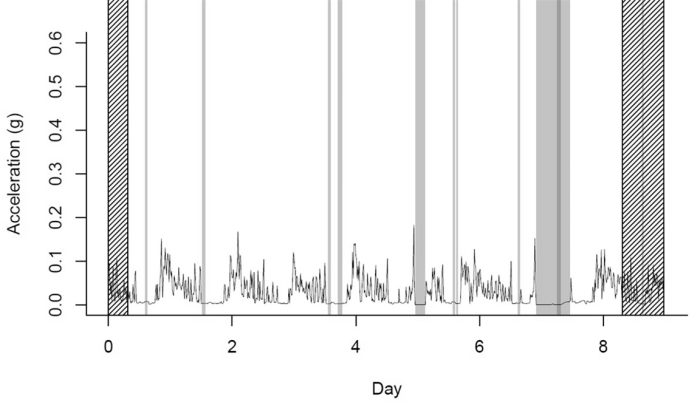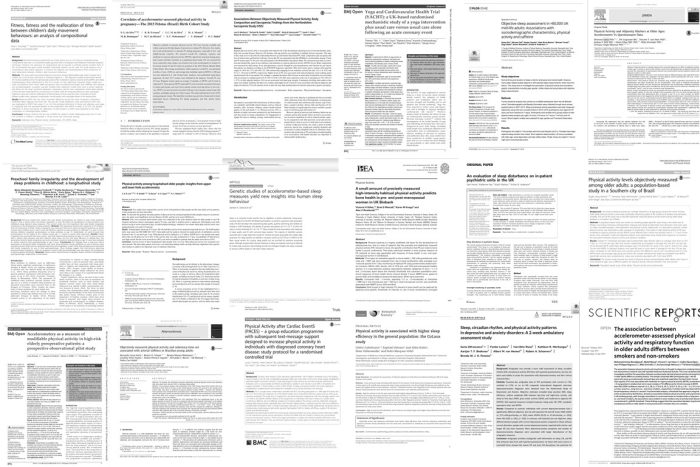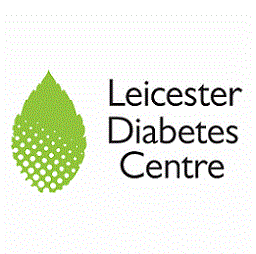I created GGIR in 2013 as a generic solution to handle and analyse the data collected with modern accelerometers. GGIR would not be what it is today without the input I have received from other researchers and developers from around the world, who have provided valuable feedback and contributions in the validation of GGIR’s functionalities.
Open Source
GGIR comes with an open source license, which is essential for reproducible and transparent research. Although open source software is free to download and use, the time investment to professionally maintain it and to support users is not for free. Voluntary community efforts are valuable. Accelting provides commercial support around the user needs that are hard to address by voluntary efforts: Dedicated support, Training, and Substantial software or algorithm enhancements.
Process and analyse multi-day data
GGIR helps you to gain insight from multi-day accelerometer recordings. Key GGIR functionalities are:
- Auto-calibration, an algorithm that automatically corrects for poor sensor calibration based on your own data without the need for additional experiments.
- Non-wear detection and missing data imputation. A major concern on behavioral monitoring is participant compliance with the study protocol. GGIR allows you to detect when the participant did not wear the accelerometer.
- Estimation of the Sleep period time window with or without sleep diary to guide the detection. An algorithm that was published in 2018 and has directly been used in high profile papers. Further, estimates are given of sleep efficiency.
- Freedom to choose your own indicator of magnitude of acceleration, and from that derive estimates of energy expenditure.
- 24 hours time-use indicators to facilitate research on the compositional nature of human behavior.
200+ Publications
GGIR is widely used as witnessed by an increasing number of citations from end-users (non-exhaustive list). Studies vary in size from a few dozen participants in clinical studies like the study by Bachasson and colleagues (Neurology 2017), a few thousand in epidemiological cohorts like the publication by Sabia and colleagues (Nature Scientific Reports 2017), and a hundred thousand in biobanks like UK Biobank as shown by Jones and colleagues (Nature Communications 2019).
GGIR training
GGIR comes with extensive free documentation. Nonetheless, it can be valuable to have someone else guide you through all the essential of GGIR. Therefore, we are offering paid GGIR training options.
Check out GGIR training optionsWhat do others think about GGIR?
Let’s talk...
and address your research challenges together.








